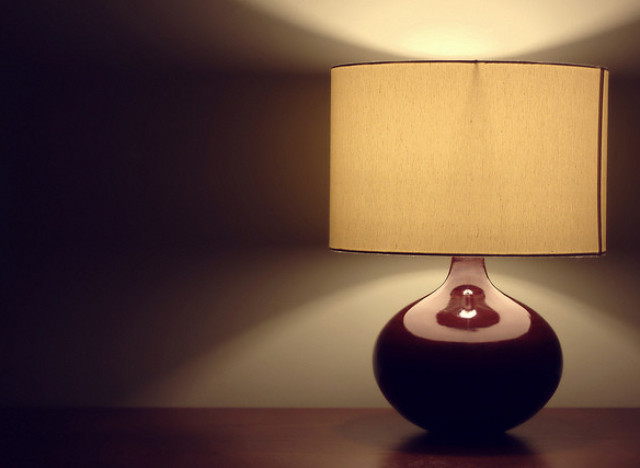Your home is filled with sights, sounds, and scents. Which ones should you select to build positive relationships among the members of your family? This is the third article in a three part series about using home design to enhance family ties.
Consider the colors you put on your walls, furniture, and floors. Colors that aren't very saturated but are pretty bright will put you and your family in a positive mood - and when we're in good moods, we're more likely to get along with others. We're also better at problem solving and more creative. Brightness is just what it sounds like--baby blue is brighter than navy blue. Saturation is a little trickier--it is how pure a color is--kelly green is more saturated than olive green. Sage-y greens have the levels of saturation and brightness best for building relationships--but there are blues and many other colors that also set the right tone.

Flickr photo by Esther Gibbons
More than one color is used in a space. Applying multiple tints of a single color is relaxing (except if that color is white/beige in which case the effect is reversed) and so is using colors together that are near each other on the color wheel--blue is near green but red and green are across the color wheel from each other. When we're relaxed, we're more apt to get along with other people.
Warm colors, such as reds and oranges, draw us to them. If you want to gather people in a particular area, paint the wall behind it one of these shades.

Flickr photo by joelmontes
Light is colored, just as surfaces are--we're talking about subtle gradations of color now, not the garish bulbs that always seem to pop up every year around Halloween. Most light bulb packages tell you what color of light they produce. Warm white light, labeled as around 3000 K (this will make sense after you start of look for color labels on the light bulb packages), works well in family spaces.
Scent the spaces in which you want to gather with smells that are meaningful to you as a family or that have been shown through rigorous research to be relaxing. Try almond and nutmeg, or apple and vanilla, for example.

Flickr photo by plasticmind
Indoor tabletop water fountains make a gentle, regularly irregular sort of sound that humans find very relaxing. Any slow, predictable midrange sounds are calming. A harp makes midrange sounds, for example.
Sights, sounds, and scents can encourage people to feel relaxed and comfortable--and that makes it more likely they'll get along better with others and form strong and positive relationships. All families go through periods when their members seem to get along better and others when they don't, but you can use the interior design of your home to make those good times more likely and those bad times shorter.